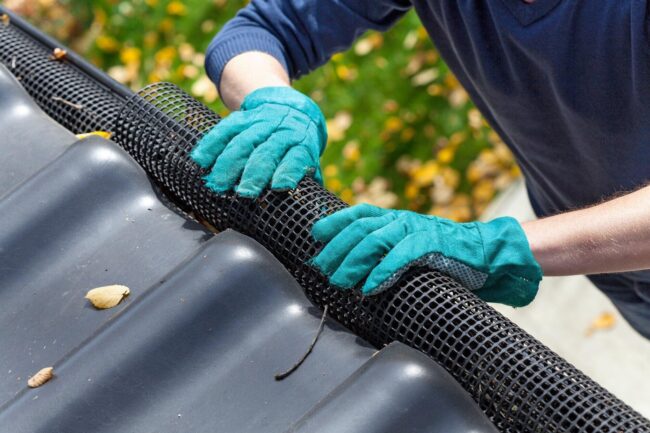
Historic neighborhoods often reveal what modern construction has overcome. In older communities, gutters installers were never an afterthought. They were part of the design from day one, planned carefully along with the roof pitch, fascia trim, and drainage paths. Walk past a century-old home, and you may see the “original” half-round gutters still in place, fastened with ornate brackets and feeding into curved downspouts that match the home’s scale and style. These systems remain intact because they were built to last and installed with the understanding that rainwater must be managed.
Gutter installation was once considered essential to the health of the structure. Rooflines could not drain freely into flower beds or along the foundation. Gutters collected and redirected water with the home’s side. Downspouts were placed to move runoff well away from the house. Even today, the evidence is clear. The homes that still have their original gutters often have straighter porch railings, tighter foundations, and less visible water damage on the siding. The systems were simple, but they worked.
When the Water Has Nowhere to Go
Gutter failures do not always start with a missing piece or a visible leak. Sometimes, the signs are small at first: soil erosion around the foundation, cracks that appear on interior plaster walls, sticky doors from shifting frames, and homes that once stood firm beginning to settle unevenly. Water that pools near a slab will find a way in, and over time, it will affect everything from insulation to flooring.
One home I visited near Pflugerville had been beautifully restored, but the gutters had been removed during an earlier renovation. New cedar shingles had been added, and the porch was rebuilt, but heavy spring rains caused water to rush off the eaves and collect around the crawlspace vents. Moisture was under the house, saturating the subfloor and dampening the insulation. Within a few months, the lower trim began to swell, and the paint started to blister. The repair costs far exceeded what a new gutter would have required.
In many cases, homeowners focus on what they can see. A new roof, fresh paint, or updated landscaping feels like progress. However, what controls the flow of water is just as critical. Gutters protect everything below the roofline. Without them, the rest of the work is at risk. Decorative brackets and detailed soffits won’t hold up long if water can fall freely against them.
Gutters Are Part of the Home’s Architecture
Gutter systems in older homes were often made to match the materials and shapes found throughout the house. Copper was a popular choice not only for its appearance but for its durability. Galvanized steel was also used, offering a long lifespan whwon’toperly maintained. The downspouts were carefully designed, sometimes leading into homebound tile drains or cast iron collection boxes. These elements may seem ornamental now, but they serve a purpose.
Modern systems can still provide the same level of function when designed thoughtfully. Seamless aluminum gutters with properly sized downspouts can protect a home as effectively when installed correctly. Bracket spacing, pitch, and outlet placement all make a difference. A system should be measured to match the roof area and rainfall intensity. Too often, corners are cut, and the results are predictable. Overflow during storms, pooling at the house’s base, and fascia boards begin to rot within a few years.
Homes that retain their original gutter systems often show fewer signs of distress. The structure remains more stable, the paint lasts longer, and the surrounding landscape is less affected by washouts or erosion. A well-functioning gutter system adds more than utility. It contributes to the overall integrity of the home. Without proper water control, even the best craftsmanship begins to fail.
